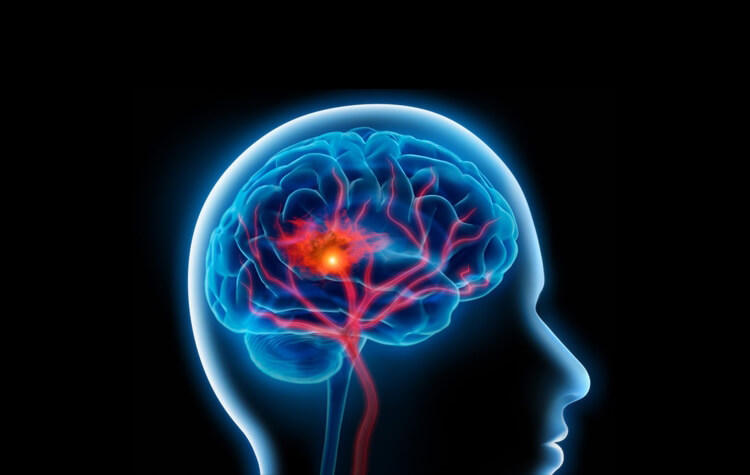


Subarachnoid Hemorrhage (SAH)
Subarachnoid hemorrhage is the leakage of blood into the subarachnoid space, which is located between the arachnoid membrane and the pia mater that cover the surface of the brain. This area normally contains cerebrospinal fluid (CSF), and bleeding in this space can lead to severe brain damage and pose a life-threatening risk.
Causes
Aneurysm rupture (the most common cause)
Arteriovenous malformations (AVM)
Traumatic brain injury
Idiopathic (unexplained) hemorrhages
Symptoms
Sudden, severe headache, often described as "the worst headache of my life"
Nausea and vomiting
Confusion or loss of consciousness
Stiff neck (sign of meningeal irritation)
Photophobia (sensitivity to light)
Seizures
Diagnosis
CT Scan (Computed Tomography): The preferred imaging method to detect blood in the subarachnoid space.
If the CT scan is negative but suspicion remains, lumbar puncture is performed to check for blood in the cerebrospinal fluid.
Angiography (DSA, CT angiography, or MR angiography) is done to identify an aneurysm.
Treatment
Aneurysm treatment: Endovascular coiling or surgical clipping is performed to treat the aneurysm.
Control of blood pressure, neurological monitoring, and intensive care support are required.
Treatment for vasospasm risk (e.g., nimodipine use).
Outcome
Subarachnoid hemorrhage can lead to serious disability or death. Early diagnosis and prompt intervention significantly improve the patient's prognosis.